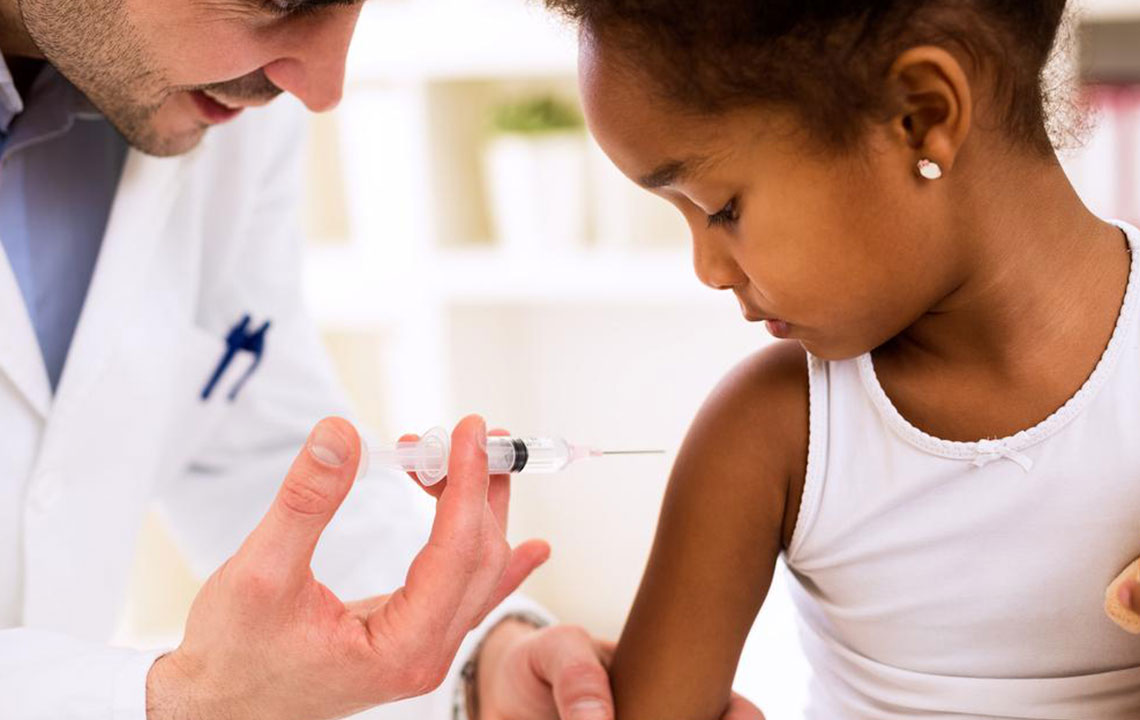Immunization schedule for infant and growing toddlers
Health is wealth. It is essential to provide immediate attention for those suffering from any kind of diseases. This is where vaccines play the lead role in eradicating deadly diseases for the betterment of the community at large.
And as every parent, you would want to protect your children from certain diseases. For this, knowing about child vaccine schedules is the need of the hour. The Centers for Disease Control and Prevention (CDC) has charted a detailed child vaccine schedule based on certain factors, such as demography, the prevalence of infections, mortality rate, the effectiveness of the vaccine, epidemiology, history, tradition, and cost factors for children in the US.

Below is a brief overview of the routine immunization and child vaccine schedule that is recommended for children from birth to 6 years:
- Birth: Hepatitis B
- Between first and second months: Rotavirus vaccine, DTaP vaccine against Diptheria, Hib against Haemophilus influenzae type b, PCV against pneumococcus, IPV against polio
- Fourth month: Rotavirus vaccine, DTaP, Hib, PCV, and IPV
- Sixth month: Rotavirus vaccine, DTaP, Hib, and PCV
- Between the sixth month to 6 years:
The CDC website provides in-depth details on the child vaccine schedules along with footnotes which you can refer to for further information. Apart from the routines ones, the CDC keeps on updating the schedule and details about new vaccinations on an annual basis. Rest assured, your doctor would guide you through the timeline for each vaccine.
Additionally, there are several vaccines that are required for children aged 7 to 18 years in the US. They include four types of vaccines against Neisseria meningitides, HPV, influenza on a yearly basis, and a second dose of the Varicella vaccine. Additionally, the CDC also recommends additional vaccines for children traveling out of the US against international diseases.

